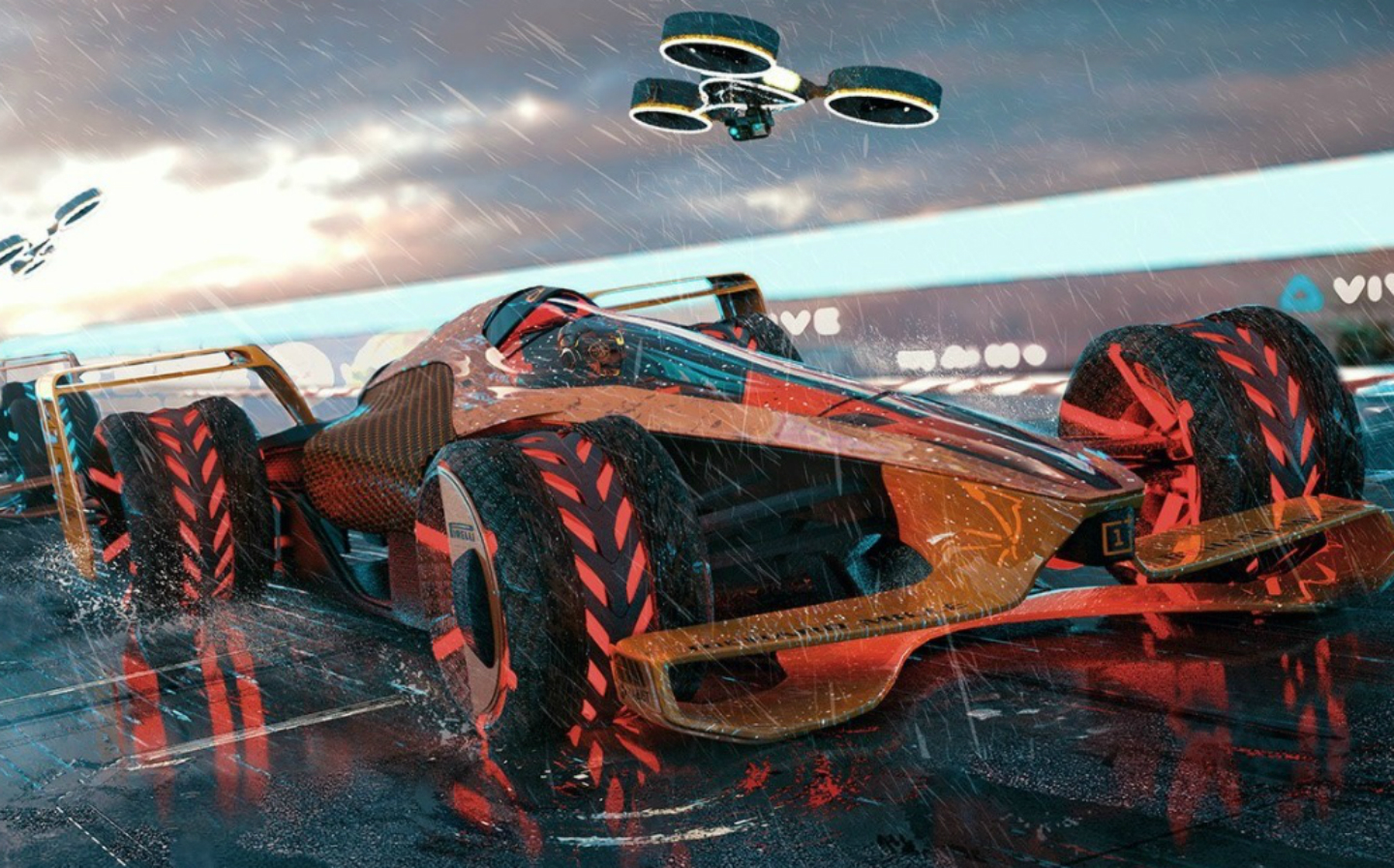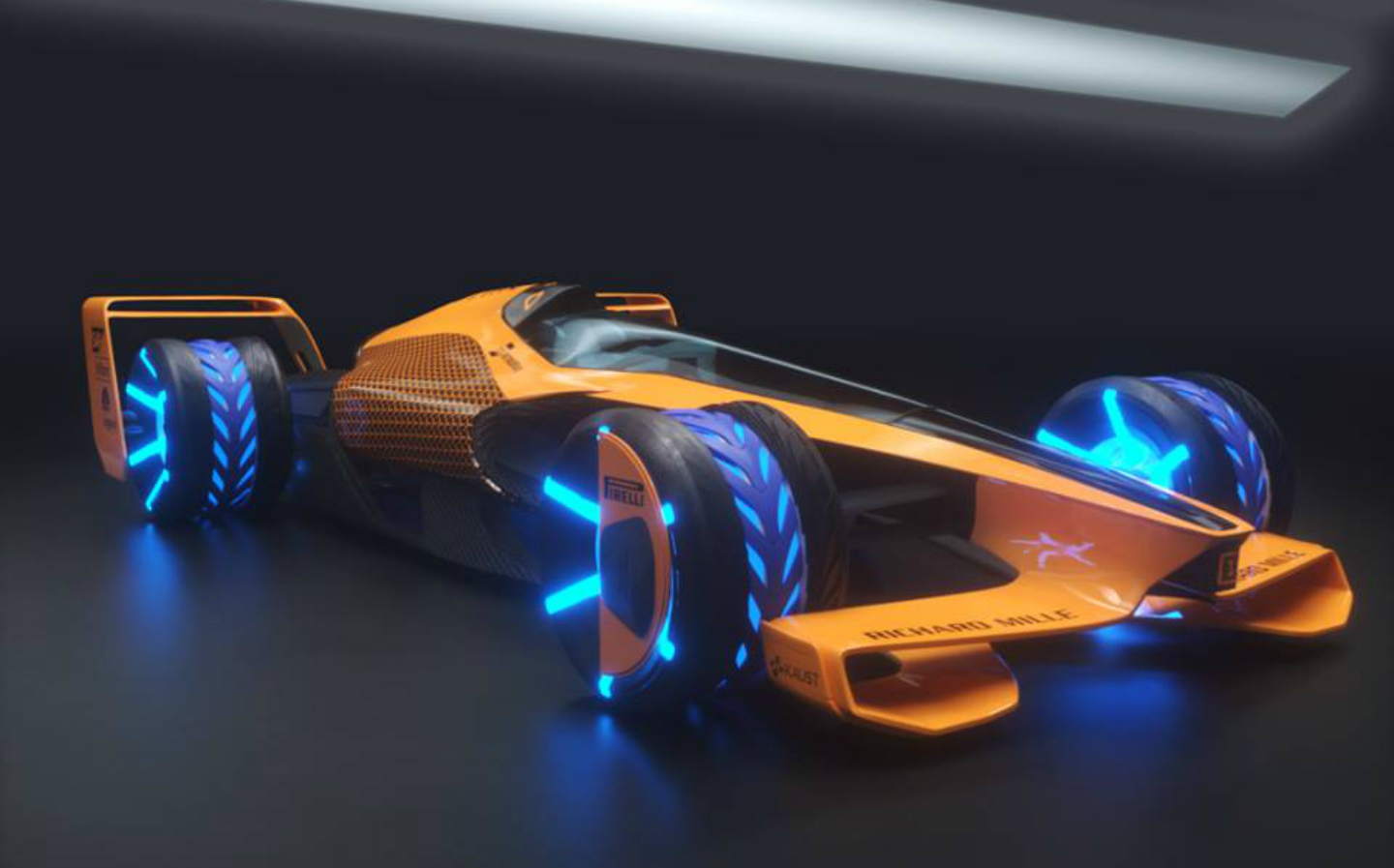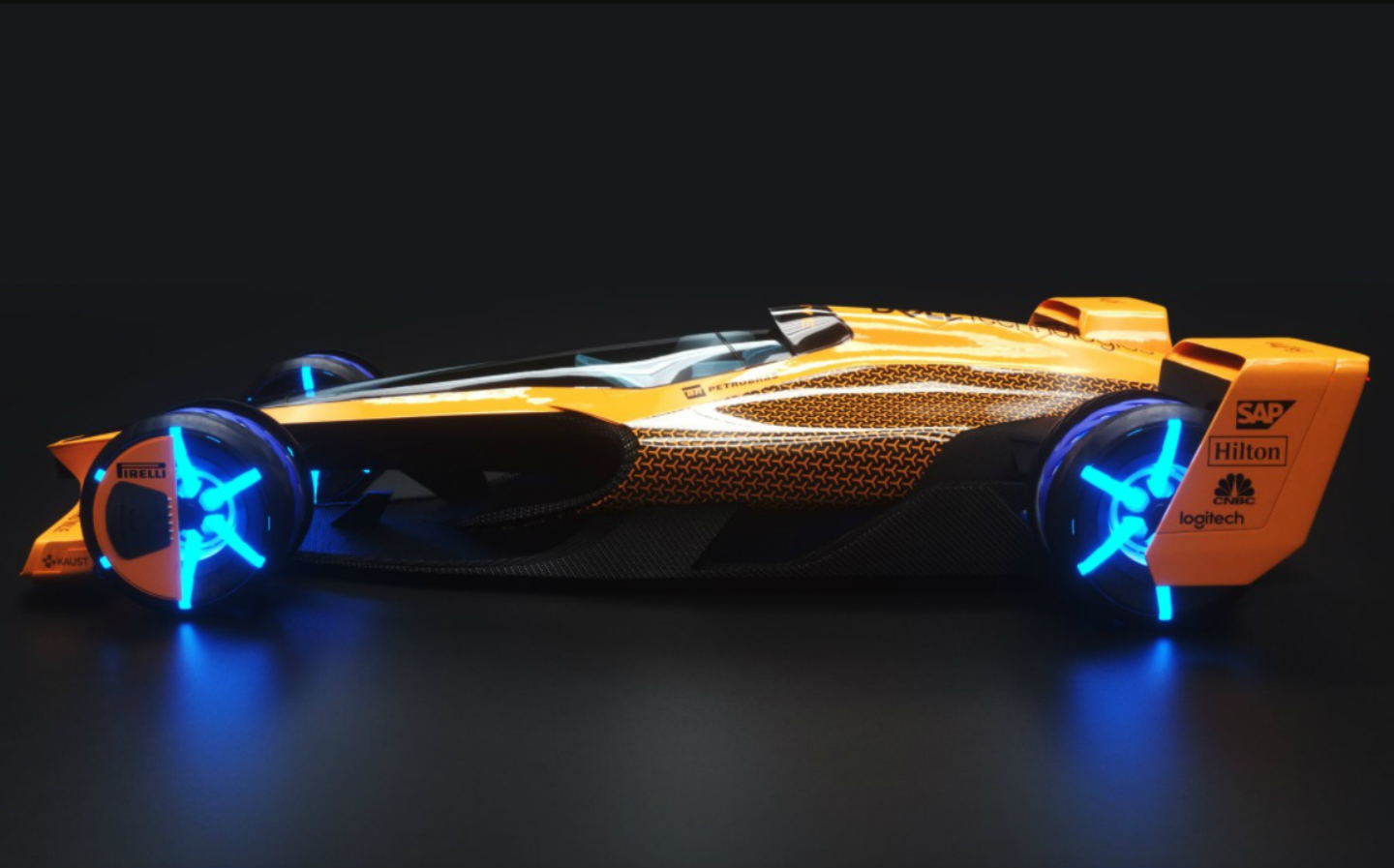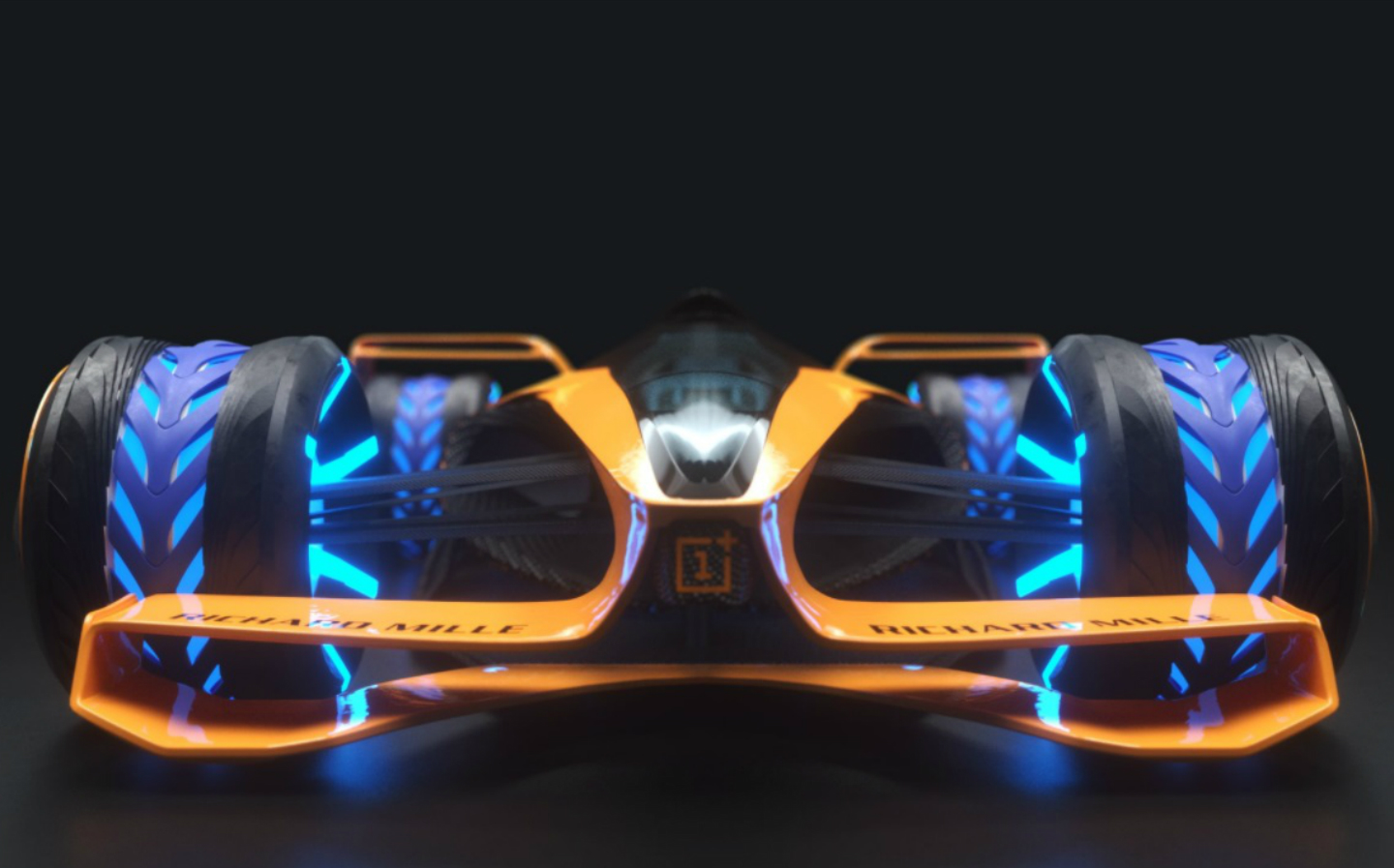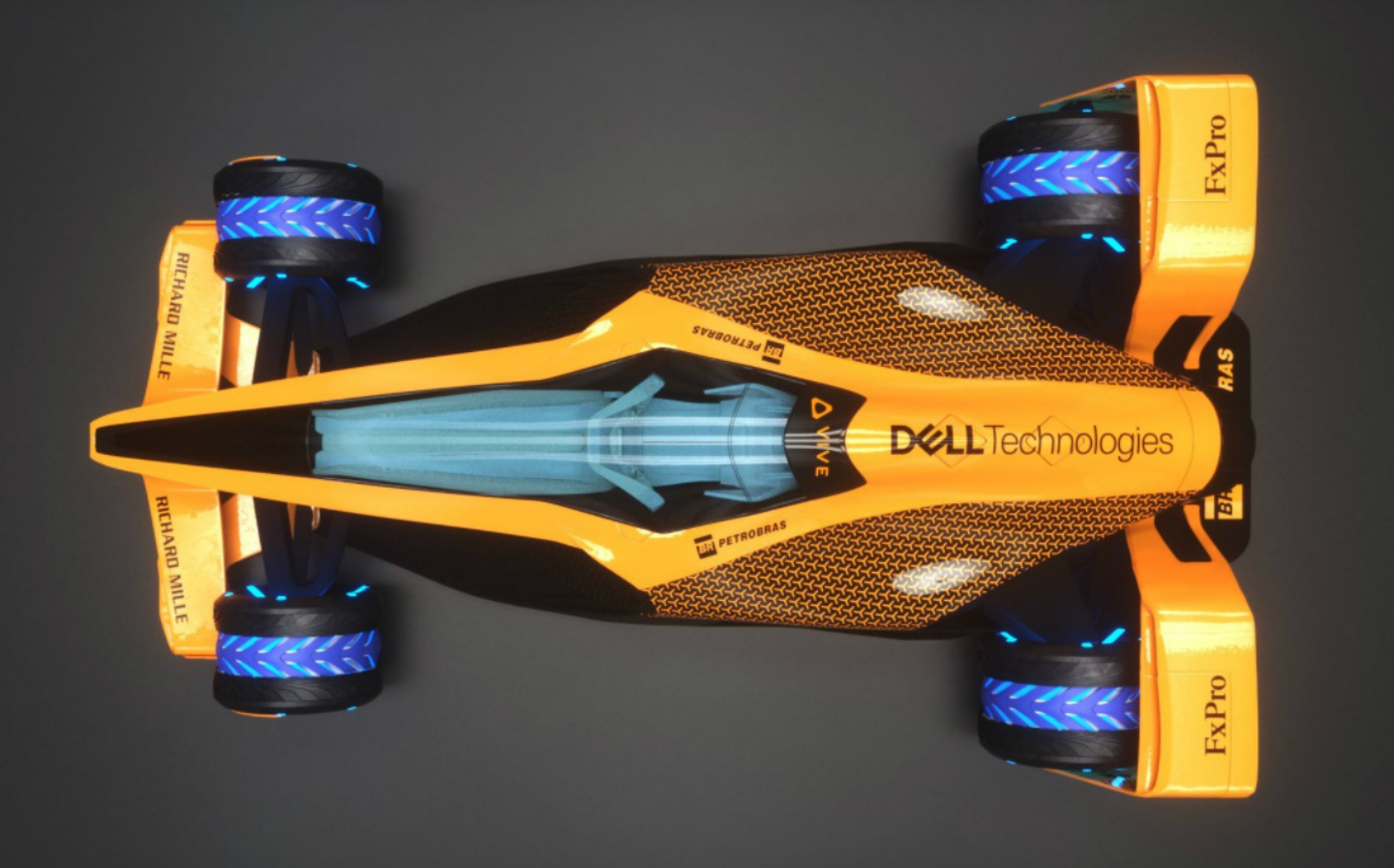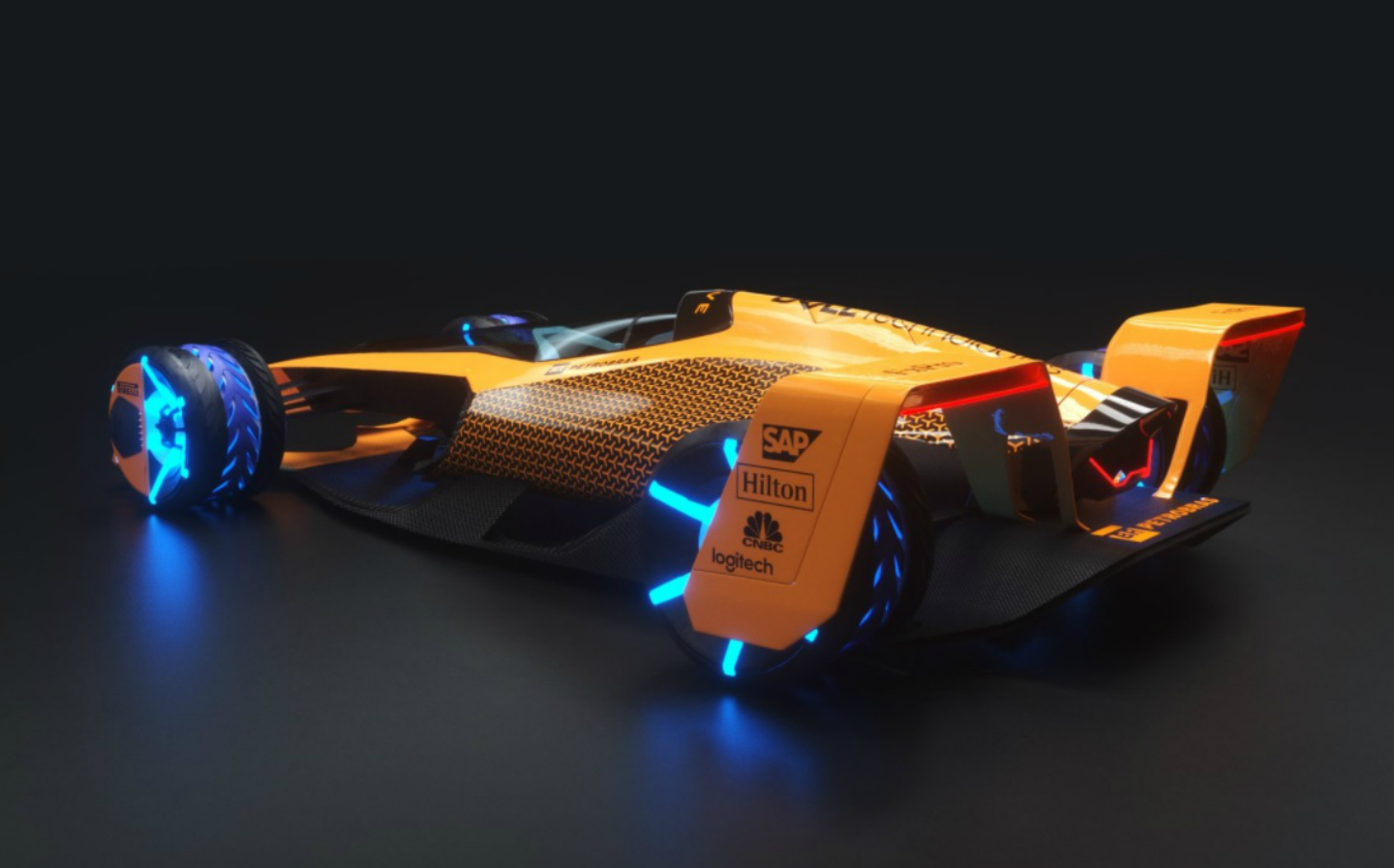McLaren's incredible 310mph, pure-electric vision for F1 racing in 2050
It's what F1 fans want, apparently
GRAND PRIX racing will be far wilder in 2050 than it is now, if McLaren’s vision of the future of Formula One is on the money.
The appropriately-named “MCLExtreme” is an outlandish interpretation of what top-tier single-seater racing could look like when new, more advanced technologies join the fray, according to McLaren’s Applied Technologies division.
The company says the vision was designed based on input from Formula One fans, and their feedback on where they want to see the sport grow and evolve in the years to come.
The result sees sophisticated software being an integral part of F1 when the sport celebrates its centenary, 31 years from now. Artificial intelligence with machine learning capabilities is imagined as a replacement for today’s F1 pit wall tacticians, with the system relaying information to the driver through a head-up display on the helmet visor.
The MCLExtreme doesn’t sport an overly-complex front and rear wing setup. Instead, most of the downforce will be generated by the car’s “intricately sculpted floor and rear diffuser”, and McLaren claims the sidepods that “expand and contract like the gills of a great white shark” can help improve braking stability and top speed efficiency.
In other areas, the MCLExtreme is perhaps remarkably traditional in its design. Like Formula One cars of today, the futuristic McLaren is an open-wheeled single-seater racing car, and all of the power is still sent exclusively to the rear wheels.
With the car industry heading towards electrification at a rapid rate of knots, McLaren unsurprisingly sees Formula One being a pure-electric series by 2050.
However, the MCLExtreme is pitched as a far wilder racing machine than those in the current Formula E electric single seater series: though no power figures were quoted, McLaren says its 2050 vision is good for 310mph, and the wireless charging system could potentially recharge the battery packs up to 50% capacity in “around 10 to 30 seconds”.
Well, why not, eh?


